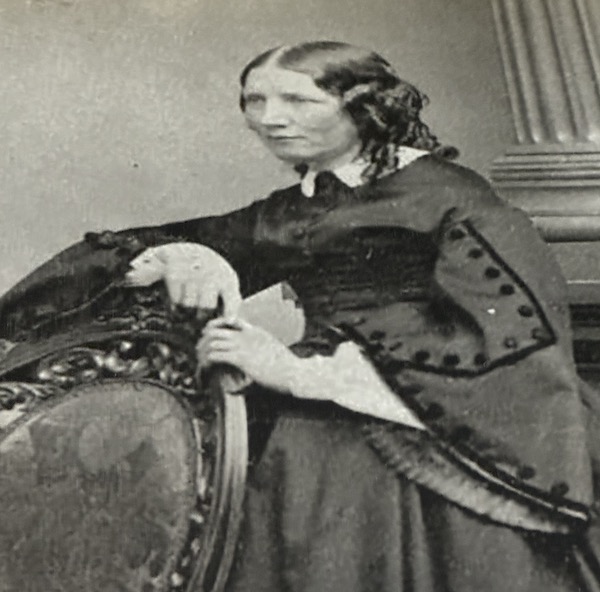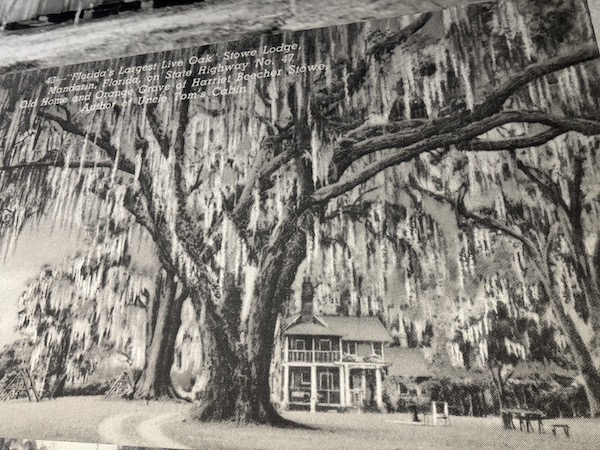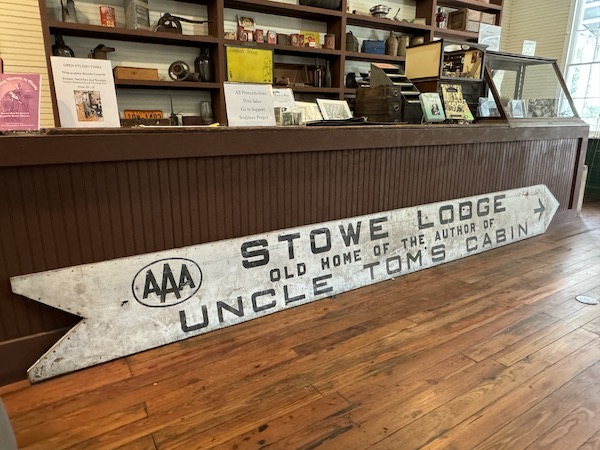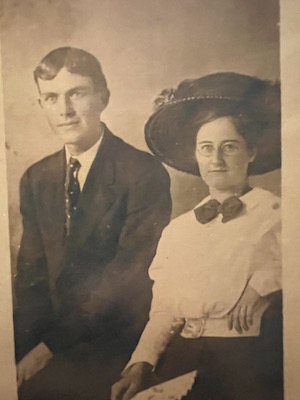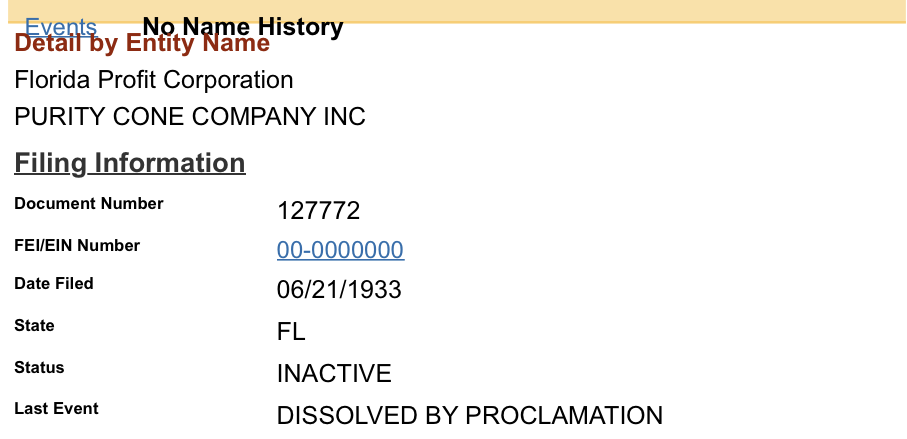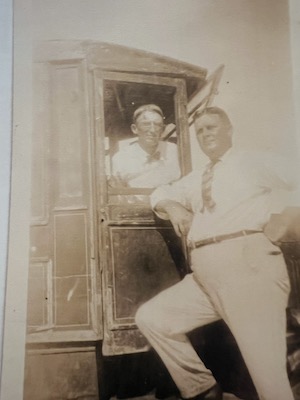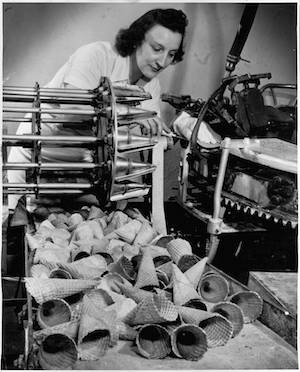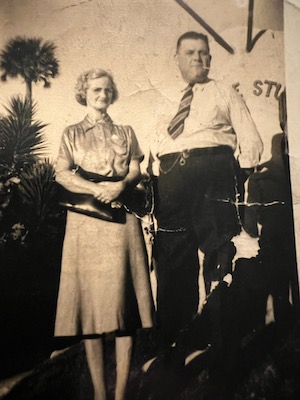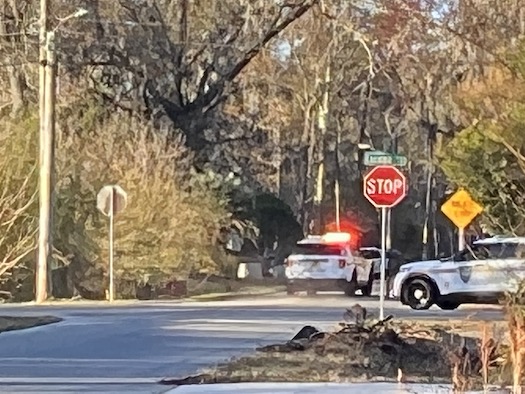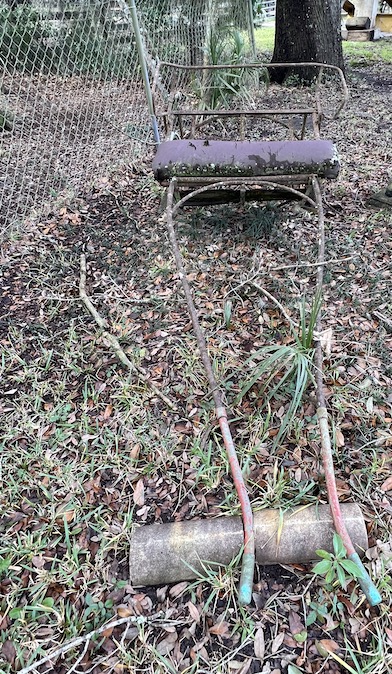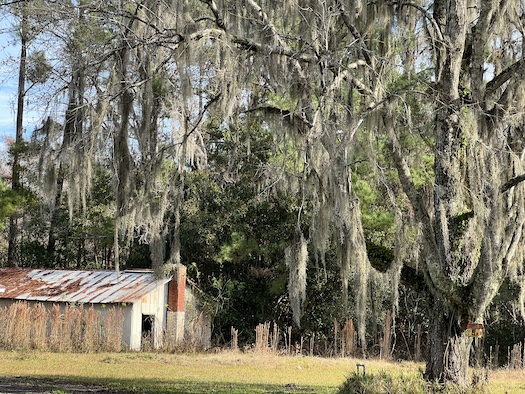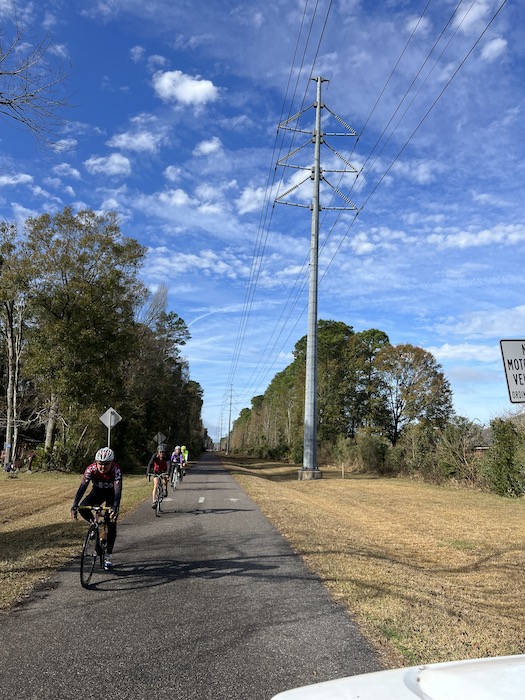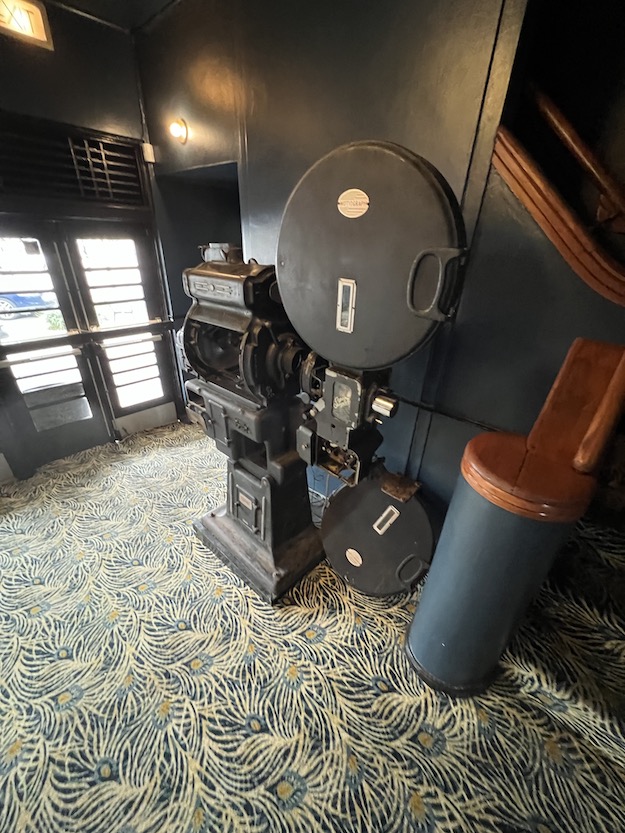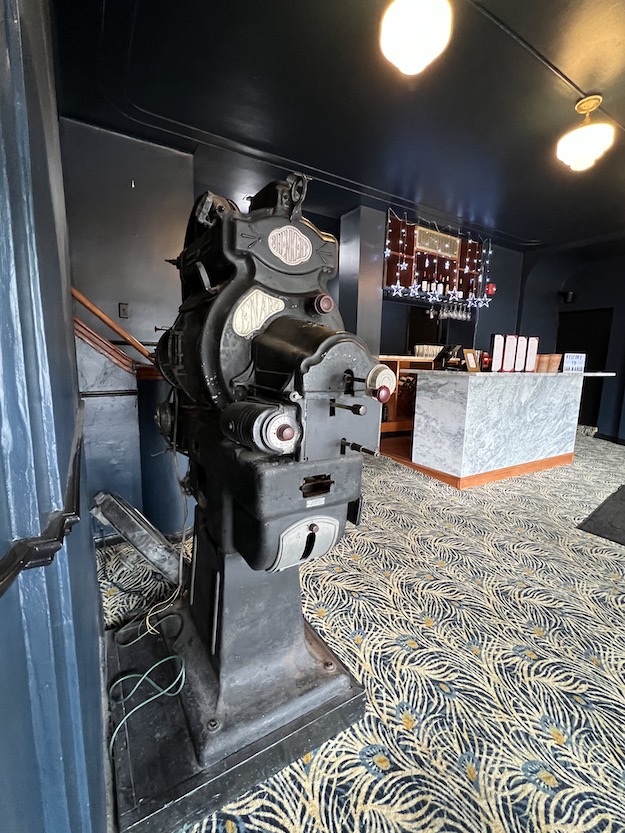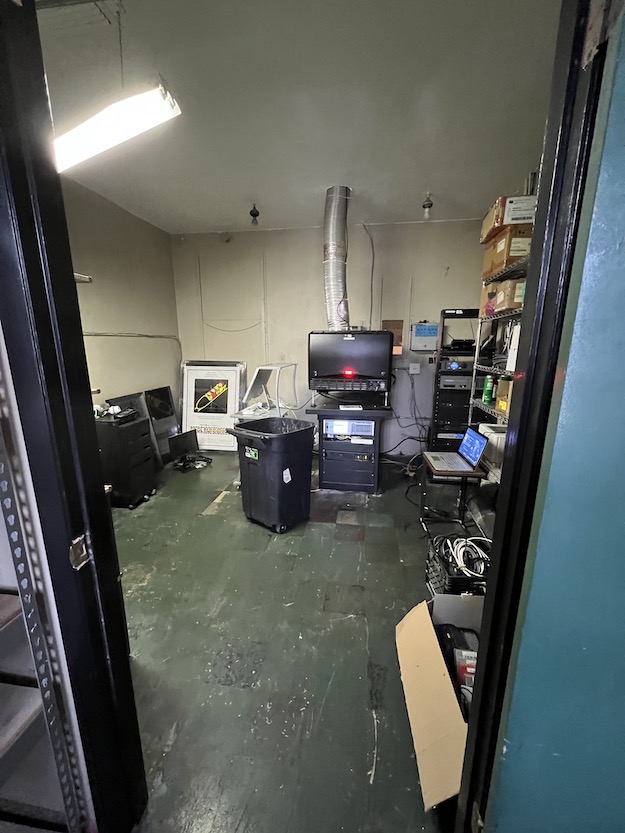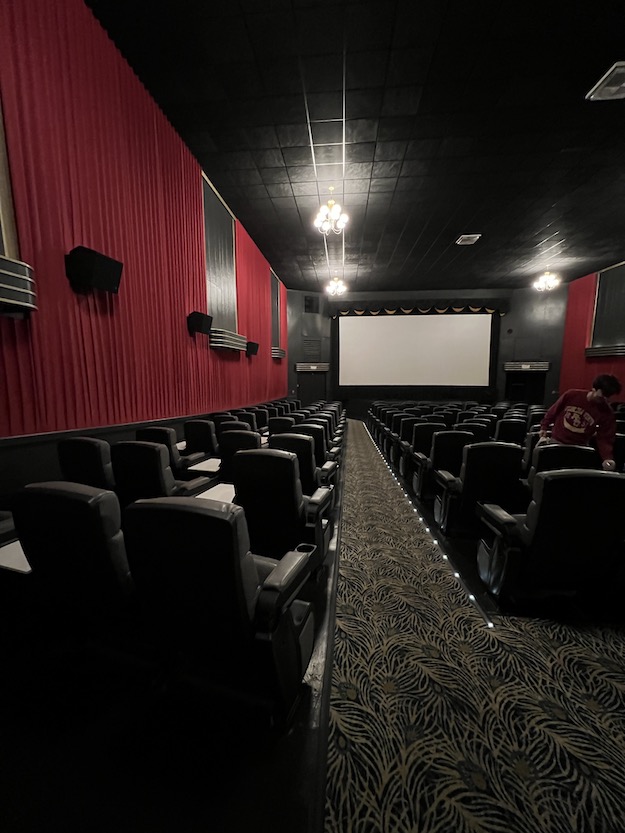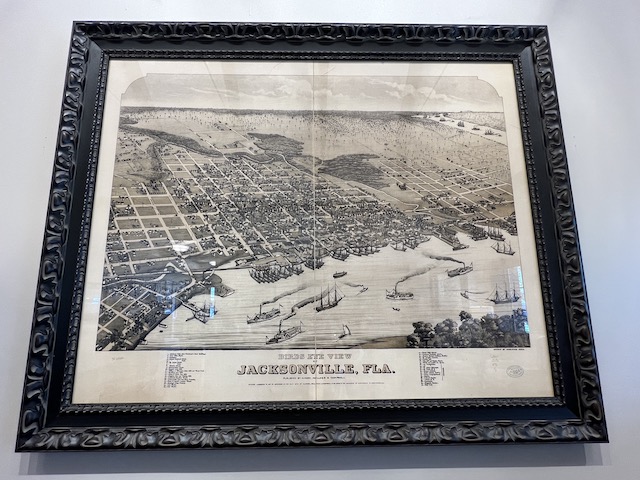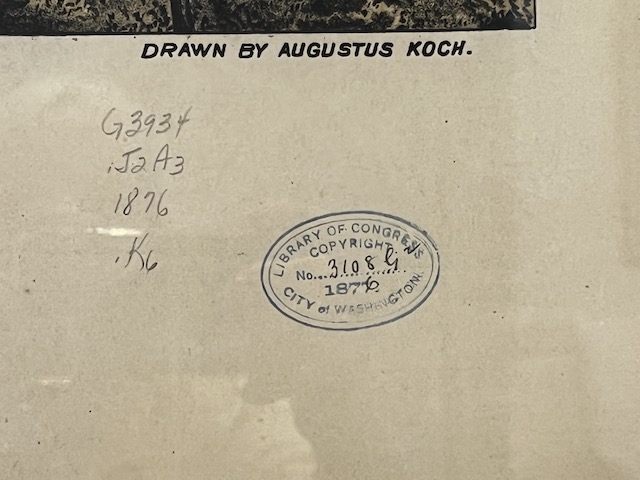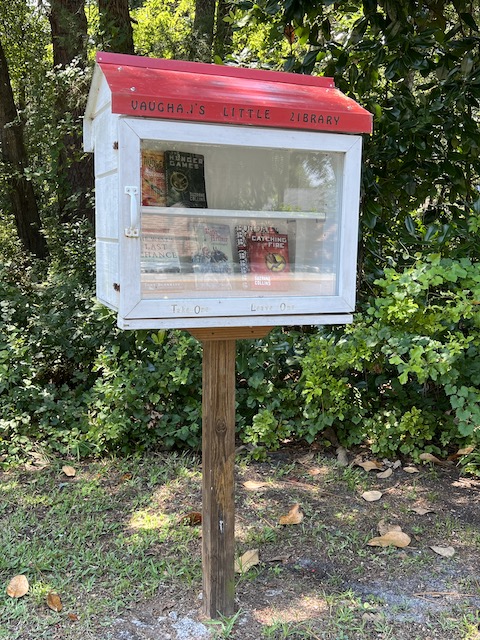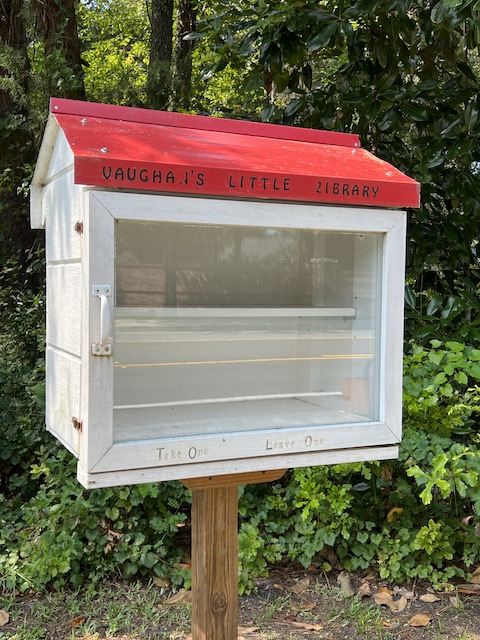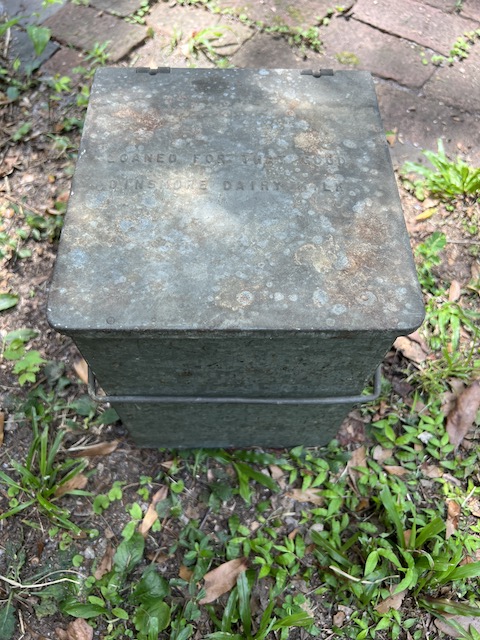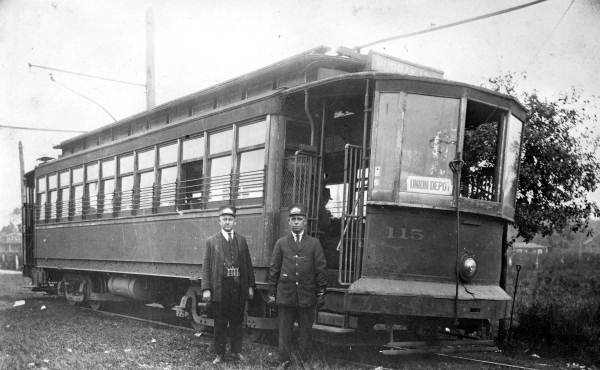Gravely Hill: A Cemetery on Florida Flat Land
As would be expected when I heard that the 5th President of the United State’s son, Jame Monroe had once lived in Jacksonville, I had to find some evidence. It has always been of interest to me to know famous people who have graced our city. Elvis Presley never lived in Jacksonville, but he stayed often in a home in the Murray Hill area. The esteemed preacher and evangelist, Billy Graham spent many occasions in Jacksonville as he preached the Gospel of Christ and even had his doctors here at the Mayo hospital. I photographed him in the once-called “Gator Bowl” and saw him on our Jacksonville newscasts visiting places in our city. Rosa Parks came to Jacksonville on at least two occasions where I met her and she invited me to sit beside her and tell how I broke my arm which was in a cast at that time. There have been many well known visitors who have spent time in our fair city and so to read that a former president’s son had actually spent most of his life here, it was certainly worth detailing.
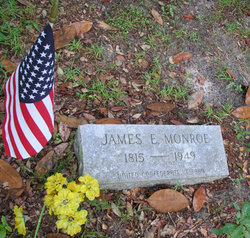
After reading through a number of stories online, I set out first to find his grave which was found in a cemetery on the westside of the city. Sandy Strickland, a former writer of the Florida Times Union newspaper had written an article “Gravely Hill is a Cemetery within a Cemetery”. Using that as the basic information, “Maps”, provided the address and a trip to the old cemetery dating back to at least the 1830’s was found literally inside the fence of Riverside Memorial Cemetery’s chainlink fence. The sign reads “Gravely Hill Cemetery Historical Landmark, NOTICE Any alterations or work performed on these premises must have authorization by M. Weeks 904-268-1934”. Another sign indicated the property was being maintained by the City of Jacksonville. I learned that the 200 acres of Riverside Memorial Park Cemetery had built its cemetery around the Gravely Hill cemetery. Sandy Strickland named her article precisely that.
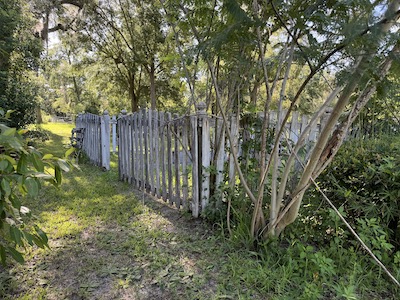
Walking through the lawn-cut grounds, I read the names on the stones such as Price, Hogan, Bramlitt, Pacetti, Lauramore, Hills, and of course, there was the grave of a James Monroe flanked by an American flag. On the tomb stone there is no birthdate but only his day of passing.
According to online information from Ann Parkinson, the Concordia Sentinel, October 30, 2009 has him listed as the “oldest Confederate veteran of the American Civil War” at 133 years, 11 months, 24 days at death”. , Monroe says he was born on the 4th of July in 1925. That would have made him 133 years upon his death in June of 1949. Tim Gilmore, a Jacksonville enthusiast wrote in his article “If James Edward Monroe were 133 years old when he died, then he was 22 when, in 1837, Steven Eubanks stated in his will that he wished to be buried beside “the grave of my departed mother in the burial ground on my plantation called Gravely Hill.”
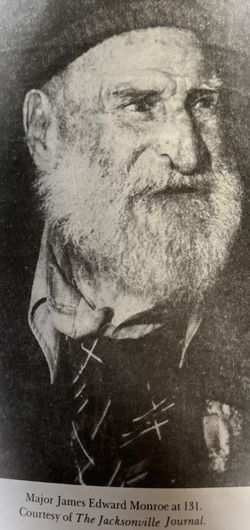
According to sources such as Gilmore, James Edward Monroe was a wanderer and could have been found removed by the police for squatting in the Riverside area during his time in this city.
After reading and researching for a time, there is no real evidence to indicate that J. E. Monroe lived from 1815-1949 except that its on actual official records and on a stone in Gravely Hill. According to a 1926 Associated Press article, he was a major in the military, fought under the command of General Robert E. Lee and there is a post card with the words “Major Edward Monroe youngest son of President James Monroe, 110 years old July 4, 1925. Jacksonville, Florida. ( Find a Grave, James Monroe photos)
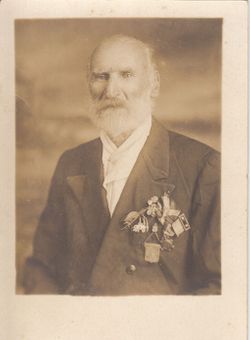

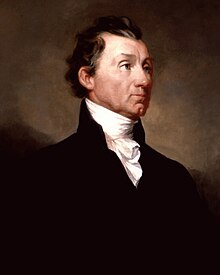
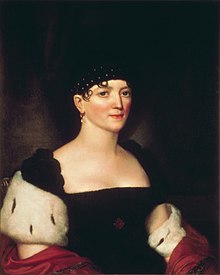
Photos from the Find a Grave site: Jacksonville Journal photo, a post card, Pres. James Monroe, Elizabeth, the President’s mother (which is said the Jacksonville Monroe has among his belongings.)
Monroe, The 5th President of the United States is listed as being born April 28, 1758 and died July 4, 1831. He was known as a statesman, lawyer, diplomat, President from 1817-1825, and the last of the Founding Fathers. According to White House records, he and Elizabeth Kortright had three children: Eliza(1786), James (1799) and Maria ( 1802). There is no mention of a James Edward. So, did he live to be 133? Was he the youngest son of the 5th President of the United States?
See you tomorrow,
Nan
Sources: Sandy Strickland , “Gravely Hill is a Cemetery within a Cemetery, The Florida Times UnionMarch 12, 2018,). Tim Gilmore,Gravely Hill Plantation and Graveyard, , December 7, 2018., Find a Grave photos, Find a Grave. Com, James Monroe, White House . Gov.
